Implementing an effective energy management system (EMS) in asphalt mixing plants can significantly reduce energy consumption costs. As energy prices continue to rise, optimizing energy use becomes essential for maintaining competitiveness and sustainability. This article explores key strategies for leveraging an EMS to achieve energy efficiency in asphalt mixing plants, focusing on user-centric insights and practical applications.

Real-Time Monitoring and Data Analysis
One of the primary advantages of an energy management system is its capability for real-time monitoring and data analysis. By equipping asphalt mixing plants with advanced sensors and smart meters, operators can track energy consumption patterns across various components, including mixers, conveyors, and heating systems.
For example, in fixed asphalt mixing plants, real-time data allows operators to identify peak energy usage times and specific equipment that consumes excessive energy. This insight can lead to targeted interventions, such as scheduling high-energy operations during off-peak hours when energy costs are lower. Additionally, continuous monitoring enables operators to detect anomalies, such as equipment malfunctions that may lead to increased energy consumption, allowing for prompt corrective actions.
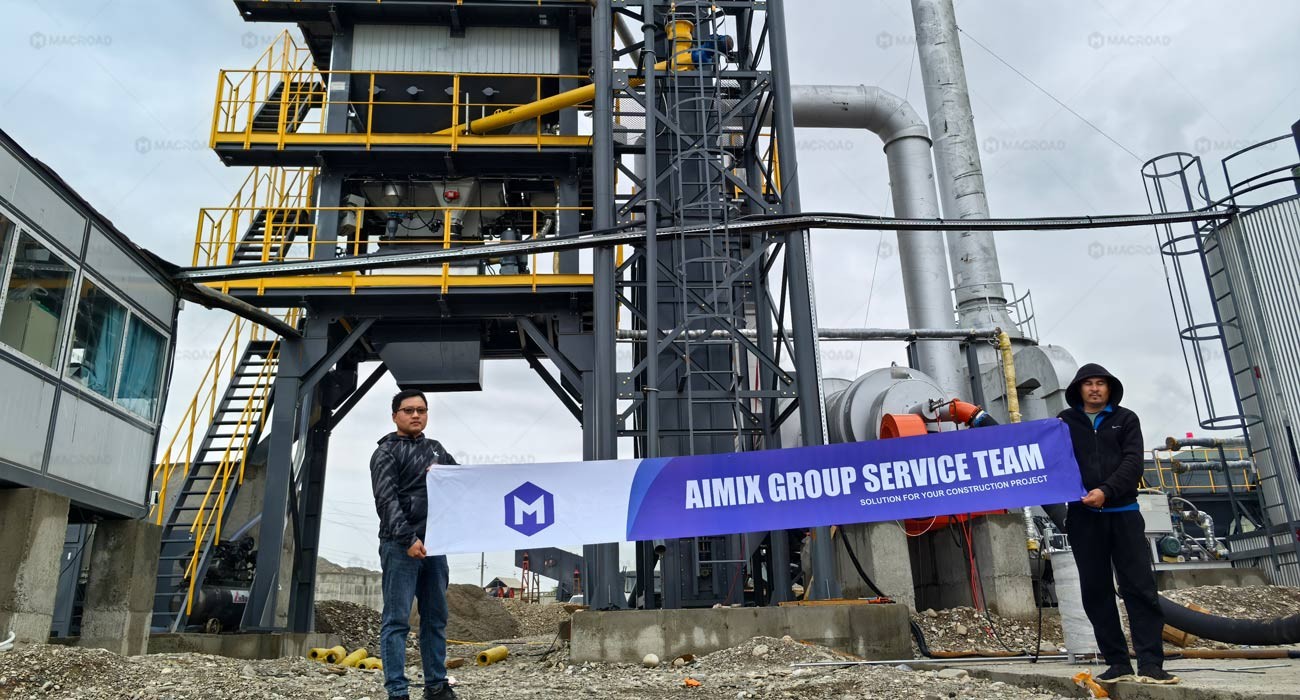
Optimizing Equipment and Processes
An energy management system also facilitates the optimization of equipment and processes, thereby reducing energy waste. By analyzing the data collected, operators can assess the efficiency of each component and implement improvements as needed.
For instance, in mobile asphalt mixing plants, operators can adjust the mixing times and temperatures based on real-time feedback to ensure that energy is not wasted during the production process. Furthermore, integrating automated controls can optimize the energy use of heating systems, ensuring that only the necessary amount of energy is consumed to maintain optimal temperatures for asphalt production.
Implementing energy-efficient technologies, such as variable frequency drives (VFDs) on motors, can also lead to substantial energy savings. VFDs adjust the motor speed based on demand, reducing energy consumption during lower-load periods.
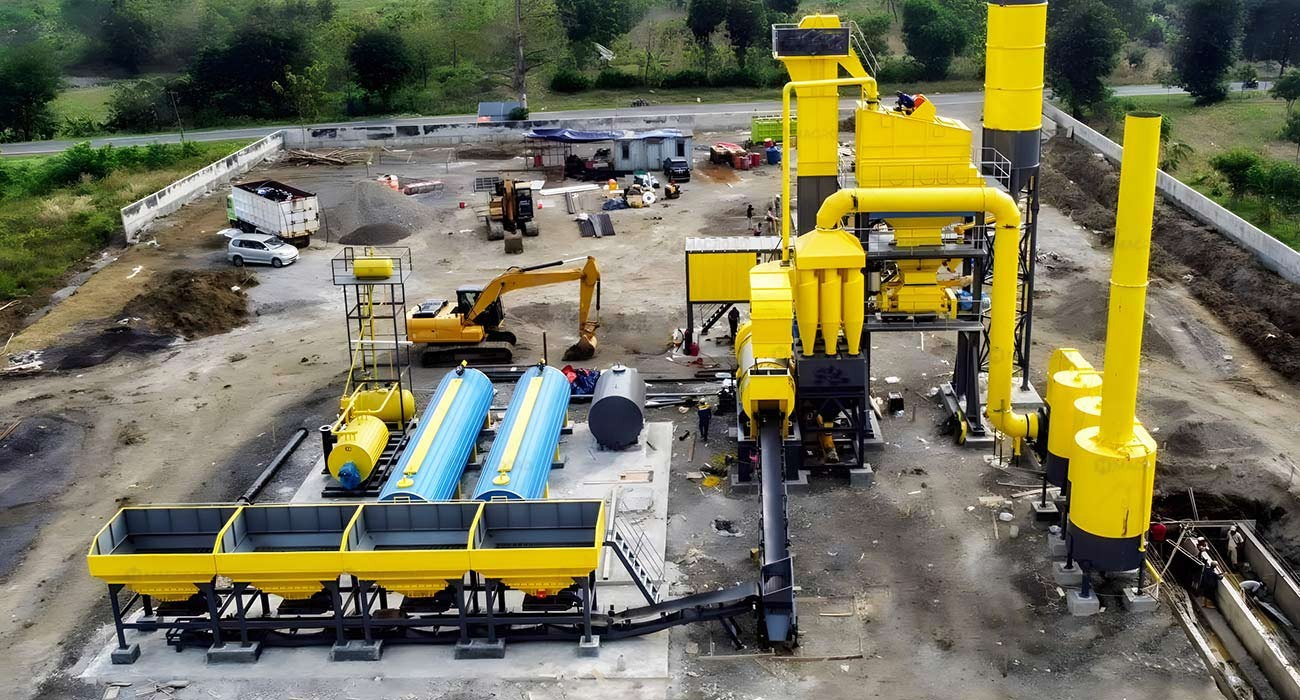
Employee Training and Awareness
While technology plays a crucial role in energy management, the human factor is equally important. Training employees on energy efficiency practices and the operation of the EMS can significantly enhance overall performance.
By fostering a culture of energy awareness, operators can encourage staff to identify energy-saving opportunities and adopt best practices in their daily tasks. For example, routine maintenance checks can ensure that equipment operates efficiently, preventing energy waste.
Regular training sessions can also cover the importance of energy conservation and how small operational changes—such as shutting down equipment during breaks or optimizing material feed rates—can collectively lead to significant energy savings.
In conclusion, reducing energy consumption costs in asphalt mixing plants through an energy management system involves real-time monitoring, optimizing equipment and processes, and enhancing employee training. By adopting these strategies, operators can not only lower their energy expenses but also contribute to a more sustainable and efficient production environment. As the asphalt industry continues to evolve, leveraging an EMS will be critical for maintaining competitiveness and achieving long-term operational success.
















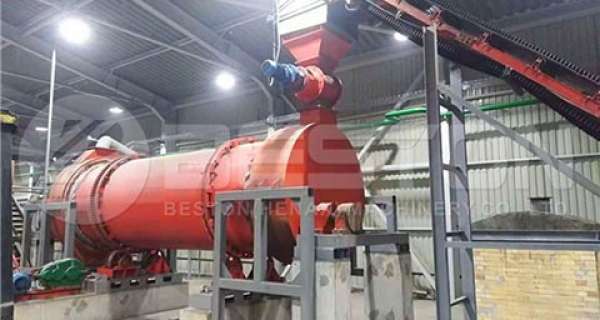

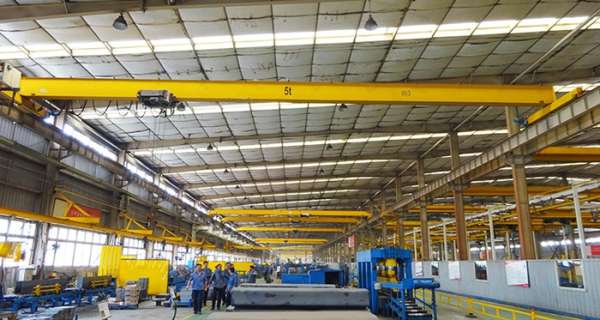

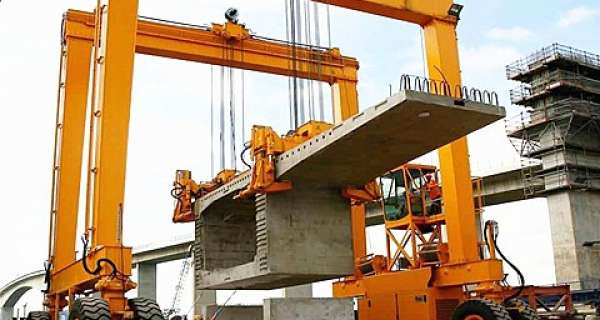








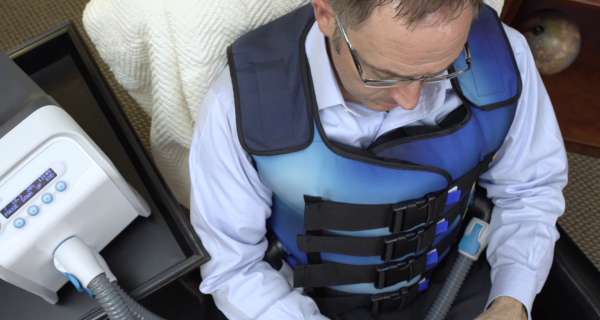






0 تعليقات